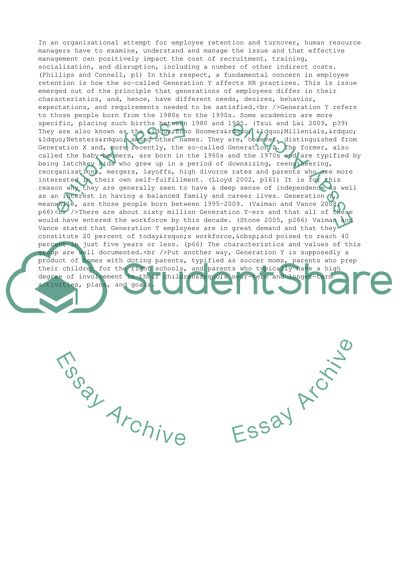Cite this document
(How Has Generation Y Changed HRM and the Future Impact Thesis Proposal, n.d.)
How Has Generation Y Changed HRM and the Future Impact Thesis Proposal. https://studentshare.org/management/1753908-how-has-the-y-generation-changed-hrm-practice
How Has Generation Y Changed HRM and the Future Impact Thesis Proposal. https://studentshare.org/management/1753908-how-has-the-y-generation-changed-hrm-practice
(How Has Generation Y Changed HRM and the Future Impact Thesis Proposal)
How Has Generation Y Changed HRM and the Future Impact Thesis Proposal. https://studentshare.org/management/1753908-how-has-the-y-generation-changed-hrm-practice.
How Has Generation Y Changed HRM and the Future Impact Thesis Proposal. https://studentshare.org/management/1753908-how-has-the-y-generation-changed-hrm-practice.
“How Has Generation Y Changed HRM and the Future Impact Thesis Proposal”. https://studentshare.org/management/1753908-how-has-the-y-generation-changed-hrm-practice.


